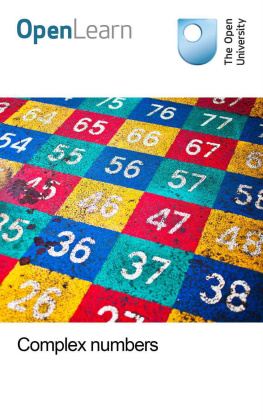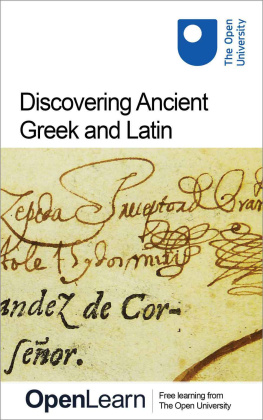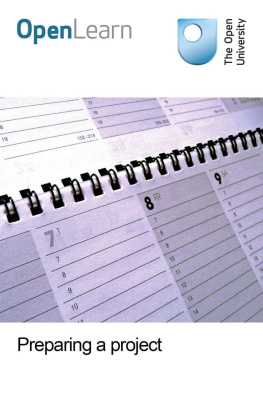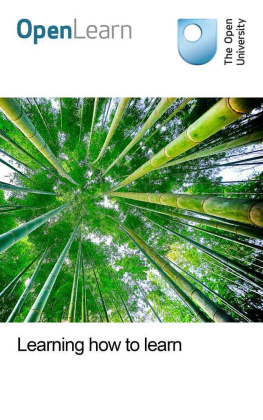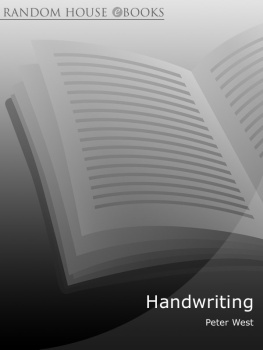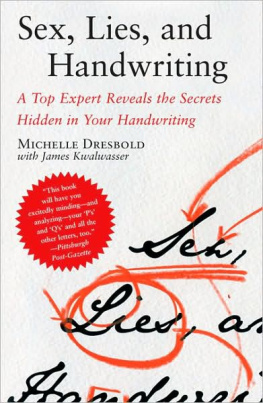GSG_4
Processes of study in the arts and humanities
About this free course
This free course is an adapted extract from the Open University Good Studies Guides: http://www.ouworldwide.com/gsg.asp.
This version of the content may include video, images and interactive content that may not be optimised for your device.
You can experience this free course as it was originally designed on OpenLearn, the home of free learning from The Open University www.open.edu/openlearn/education/educational-technology-and-practice/educational-practice/processes-study-the-arts-and-humanities/content-section-0
There youll also be able to track your progress via your activity record, which you can use to demonstrate your learning.
The Open University Walton Hall, Milton Keynes MK7 6AA
Copyright 2016 The Open University
Intellectual property
Unless otherwise stated, this resource is released under the terms of the Creative Commons Licence v4.0 http://creativecommons.org/licenses/by-nc-sa/4.0/deed.en_GB. Within that The Open University interprets this licence in the following way: www.open.edu/openlearn/about-openlearn/frequently-asked-questions-on-openlearn. Copyright and rights falling outside the terms of the Creative Commons Licence are retained or controlled by The Open University. Please read the full text before using any of the content.
We believe the primary barrier to accessing high-quality educational experiences is cost, which is why we aim to publish as much free content as possible under an open licence. If it proves difficult to release content under our preferred Creative Commons licence (e.g. because we cant afford or gain the clearances or find suitable alternatives), we will still release the materials for free under a personal end-user licence.
This is because the learning experience will always be the same high quality offering and that should always be seen as positive even if at times the licensing is different to Creative Commons.
When using the content you must attribute us (The Open University) (the OU) and any identified author in accordance with the terms of the Creative Commons Licence.
The Acknowledgements section is used to list, amongst other things, third party (Proprietary), licensed content which is not subject to Creative Commons licensing. Proprietary content must be used (retained) intact and in context to the content at all times.
The Acknowledgements section is also used to bring to your attention any other Special Restrictions which may apply to the content. For example there may be times when the Creative Commons Non-Commercial Sharealike licence does not apply to any of the content even if owned by us (The Open University). In these instances, unless stated otherwise, the content may be used for personal and non-commercial use.
We have also identified as Proprietary other material included in the content which is not subject to Creative Commons Licence. These are OU logos, trading names and may extend to certain photographic and video images and sound recordings and any other material as may be brought to your attention.
Unauthorised use of any of the content may constitute a breach of the terms and conditions and/or intellectual property laws.
We reserve the right to alter, amend or bring to an end any terms and conditions provided here without notice.
All rights falling outside the terms of the Creative Commons licence are retained or controlled by The Open University.
Head of Intellectual Property, The Open University
The Open University
Staples Printers Rochester Limited, Neptune Close, Medway City Estate, Frindsbury, Rochester, Kent M2 4LT.
978-1-4730-1360-5 (.kdl)
978-1-4730-0592-1 (.epub)
Contents
Introduction
In this course we turn to the nature of the arts and humanities themselves, and look at the main processes involved in studying them.
Broadly, when you study the arts and humanities you study aspects of culture. You explore people's ideas and beliefs, their cultural practices and the objects they have made. Human history is criss-crossed with the traces of people who did, said and made things and these people were to some extent aware of what they were doing. So all these things mean something. Your task is to look carefully at people's ideas, practices and products to try to understand what they mean. You achieve this understanding by:
analysing the various objects of your study (for example, plays, music, paintings, historical or legal documents, philosophical treatises, maps, buildings, religious ceremonies);
interpreting the meanings of these objects;
making judgements of their value;
communicating your interpretations and judgements.
This OpenLearn course is an adapted extract from the Open University Good Studies Guides.
Learning outcomes
After studying this course, you should be able to:
- understand aspects of human culture, past and present
- analyse various objects, interpret their meaning and evaluate them.
1 The processes of study
1.1 Analysis, interpretation and evaluation
When you study a painting, for example, you take it apart to see how it works as a painting. You analyse it as it is in itself, because this gives you many clues to what it might mean. But that analysis is complicated by the fact that the way we understand a painting itself changes over time. For instance, what a religious painting might have meant to the artist and his contemporaries in sixteenth-century Italy cannot be the same as it means to us now. We do not share their culture. And the painting does not appear the same to us either. We study it close-up in a modern art gallery, or (much reduced in size) as an illustration in a book. Look at Raphael's painting, The Madonna and Child (attached below). Imagine how different the painting would seem to its original audience perhaps contemplating it during a religious service, high up on the wall of a church, lit by flickering candle-light. What might it have meant to them?
(PDF, 0.1 MB, 1 page)
View document
To make an interpretation of what the painting means, then, you not only have to study it as it is in itself you also need to learn as much as you can about the circumstances in which it was made and viewed (who painted it, what it was for and, more generally, about the values, beliefs and way of life of those people at that time). This, too, presents certain challenges. Obviously, we cannot transport ourselves to sixteenth-century Italy. We live here and now. In the end, we interpret things in the context of our ideas and beliefs.
So it is as if the painting (or novel, vase, song, idea, document, event) has a kind of double life as it was to people in the past and as it is now, to us in the present. You have to try to understand why it means something now, and just what it means. Ultimately, you have to make judgements about its value.
These interlinked processes of analysisinterpretationevaluation are what we will explore in this course. But it doesn't end there. You also have to communicate your interpretations and judgements to other people. To explain what you mean, you have to learn to speak and write in the appropriate language. That way, you make your own contribution to an ongoing conversation about our culture a conversation that enables us to understand ourselves, and our purposes and values, as human beings who


